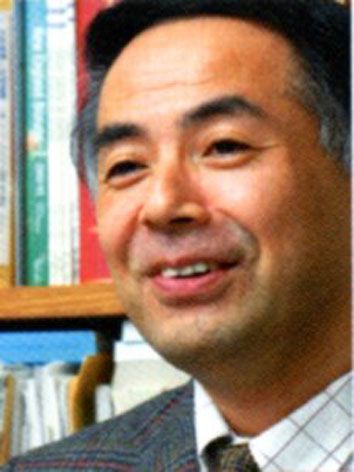Faculty
Susumu Imaoka
Major research fields
 Biochemistry, Environmental Medical Chemistry, Protein Chemistry
Biochemistry, Environmental Medical Chemistry, Protein Chemistry
Research title
The biological response of cells to hypoxia, chemical stress, and cell-membrane stress.
My laboratory focuses on the stress response of cells including hypoxic stress, chemical stress, and cell-membrane stress. Hypoxia is low-oxygen condition and contributes to many diseases such as cancer and ischemia. A key regulator of hypoxia is hypoxia-inducible factor (HIF), which induces several hypoxia-response genes such as erythropoietin and VEGF. We investigate the contribution of HIF to embryonic development because knockout of HIF in mice has embryonic lethality. The second target of our study is protein disulfide isomerase (PDI), which assists in the folding of nascent and misfolded proteins by the formation of native disulfide bonds. We found that chemical stress such as bisphenol A (BPA) administration to cells inhibits PDI function directly and indirectly. In direct inhibition, BPA binds to the substrate binding site while in indirect inhibition, BPA induces NO, which reacts with thiols of PDI and decreases PDI function. Many neurogenerative diseases such as Alzheimer's disease and Parkinson's disease feature inclusion bodies, which contain misfolded and aggregated proteins. In these diseases, PDI is nitrosylated and its function decreases. We focus on the relationship between neurogenerative disease or neuronal development and the decreased PDI functions caused by chemical stress. The third target is epoxide hydrolases encoded by EPHX2, EPHX3, and EPHX4 genes (sEH, EH3, and EH3 protein, respectively). The functions or substrates of EH3 and EH3 are unknown and we search for these. The sEH has two functions, phosphatase and epoxide hydrolase. We found that sEH is important in the growth of cancer cells. The functions of all these factors are important in cell growth and embryonic development. Environmental stress changes these functions, leading to the abnormality in organism (or cells). We investigate the molecular mechanism.
Major relevant publications
- Imaoka, S. Chemical stress on protein disulfide isomerases and inhibition of their functions (Review). Int. Rev. Cell Mol. Biol. 290: 121-166, 2011.
- Oguro A and Imaoka S. Lysophosphatidic acids are new substrates for the phosphatase domain of soluble epoxide hydrolase. J. Lipid Res. 53:505-512, 2012.
- Hashimoto S, and Imaoka S. Protein disulfide isomerase regulates the thyroid hormone receptor-mediated gene expression via redox factor-1 through thiol reduction-oxidation. J. Biol. Chem. 288:1706-1716, 2013.
- Baba K., Morimoto H., and Imaoka S. Seven in absentia homolog 2 (Siah2) is a regulator of NF-E2-related factor 2 (Nrf2). J.Biol. Chem.288,18393-18405,2013
- Baba K, Muraguchi T, and Imaoka S. .Role of the hypoxia response pathway in lens formation during embryonic development of Xenopus laevis. FEBS Open Bio. 3,490-495, 2013



